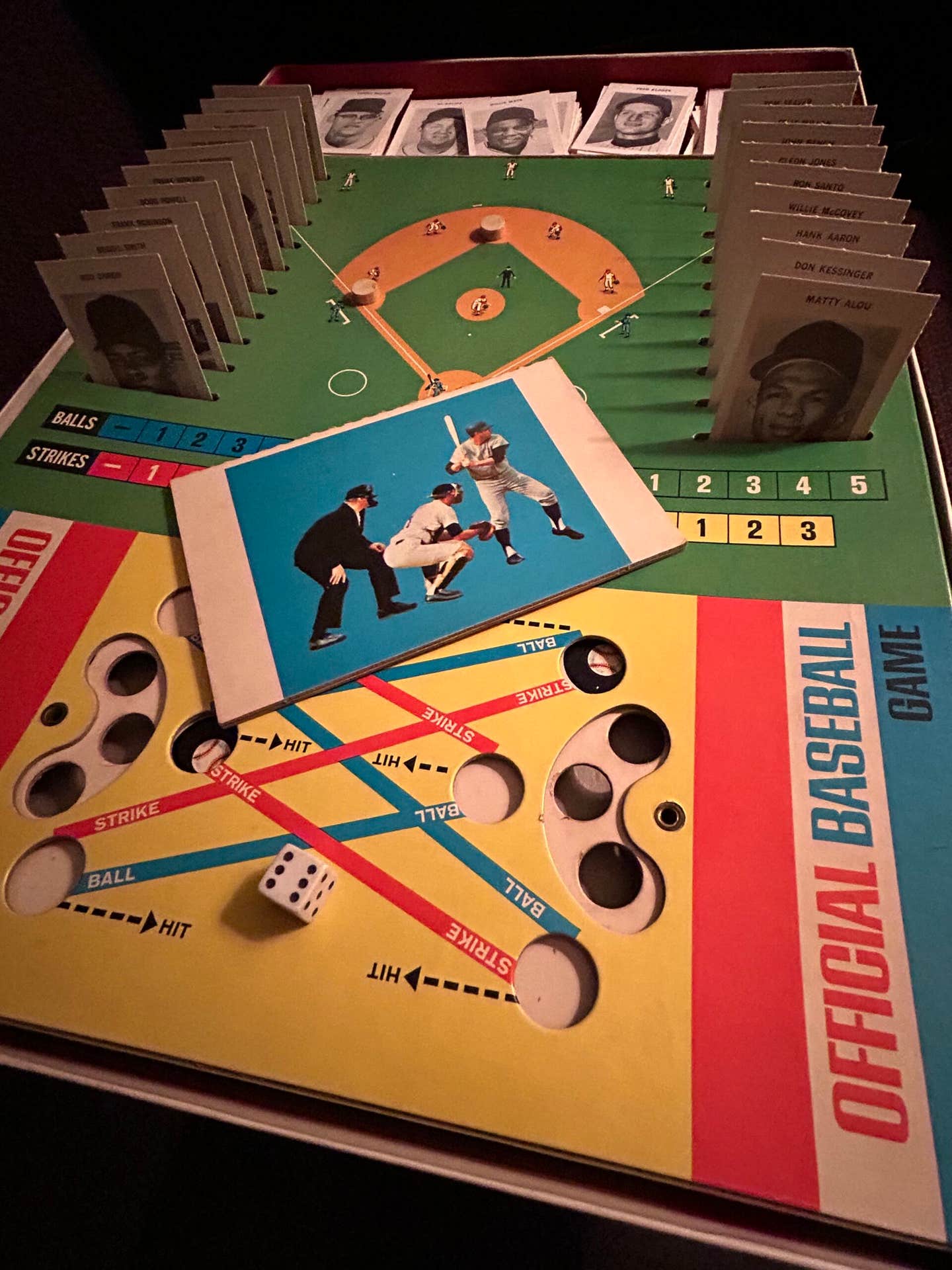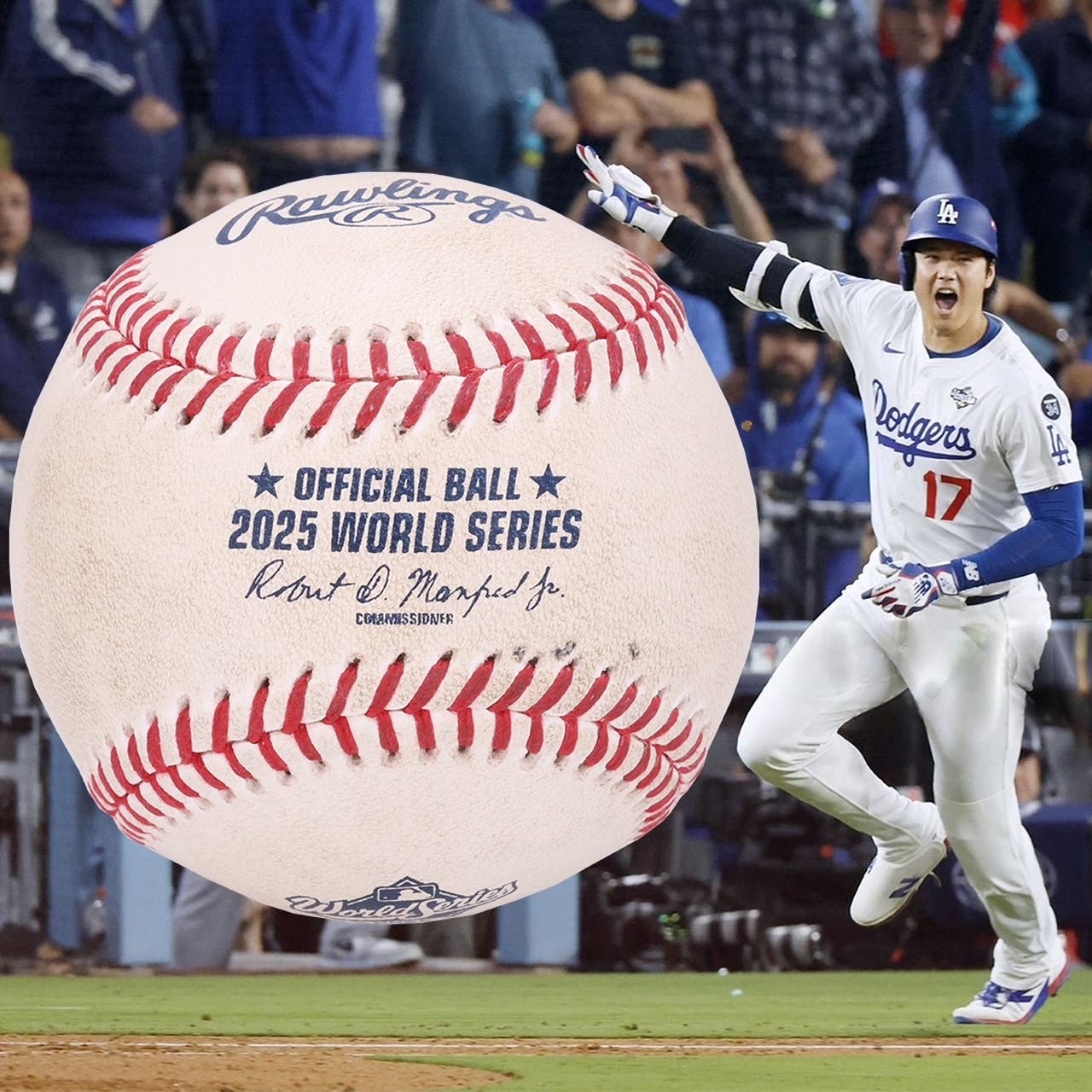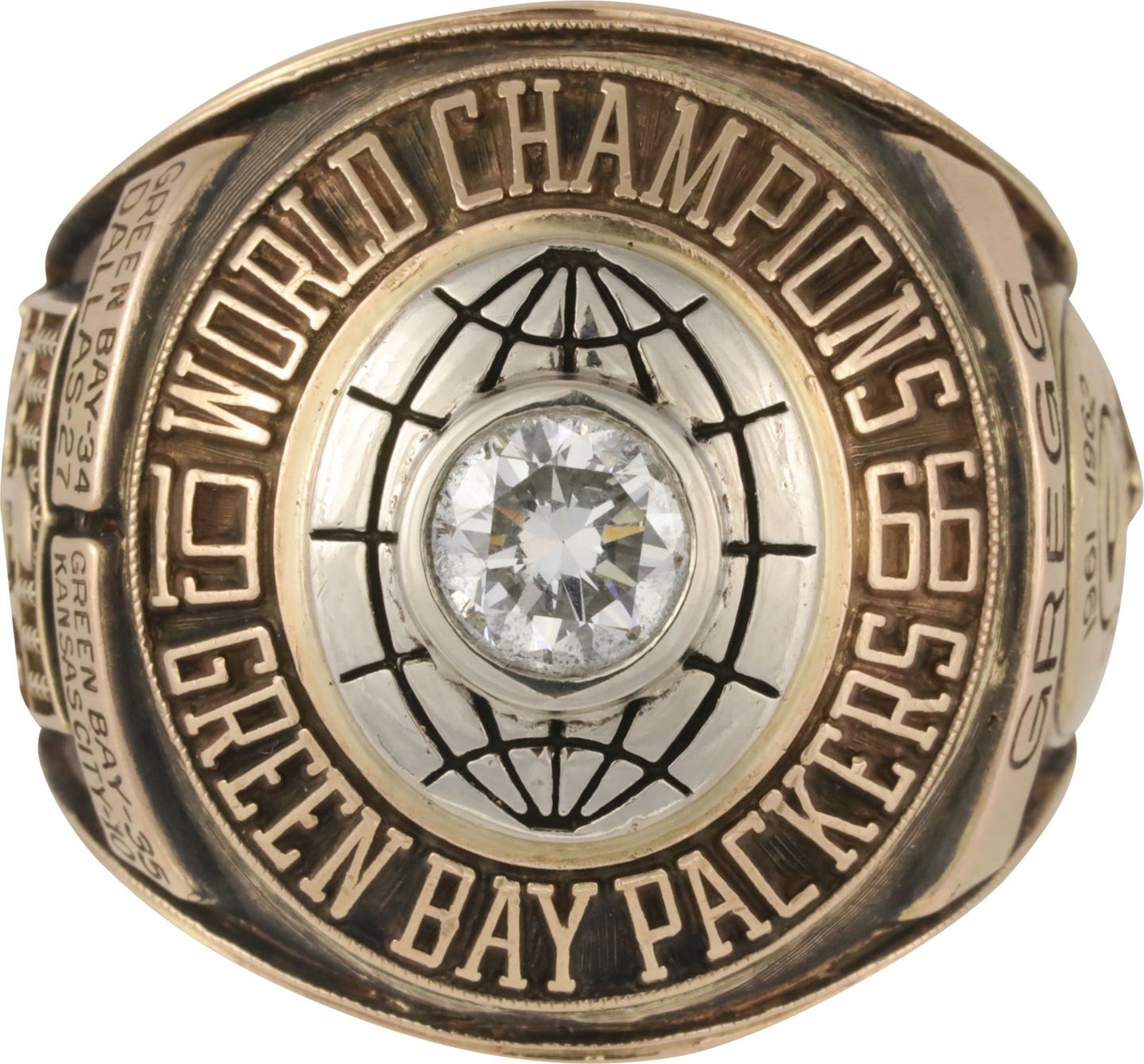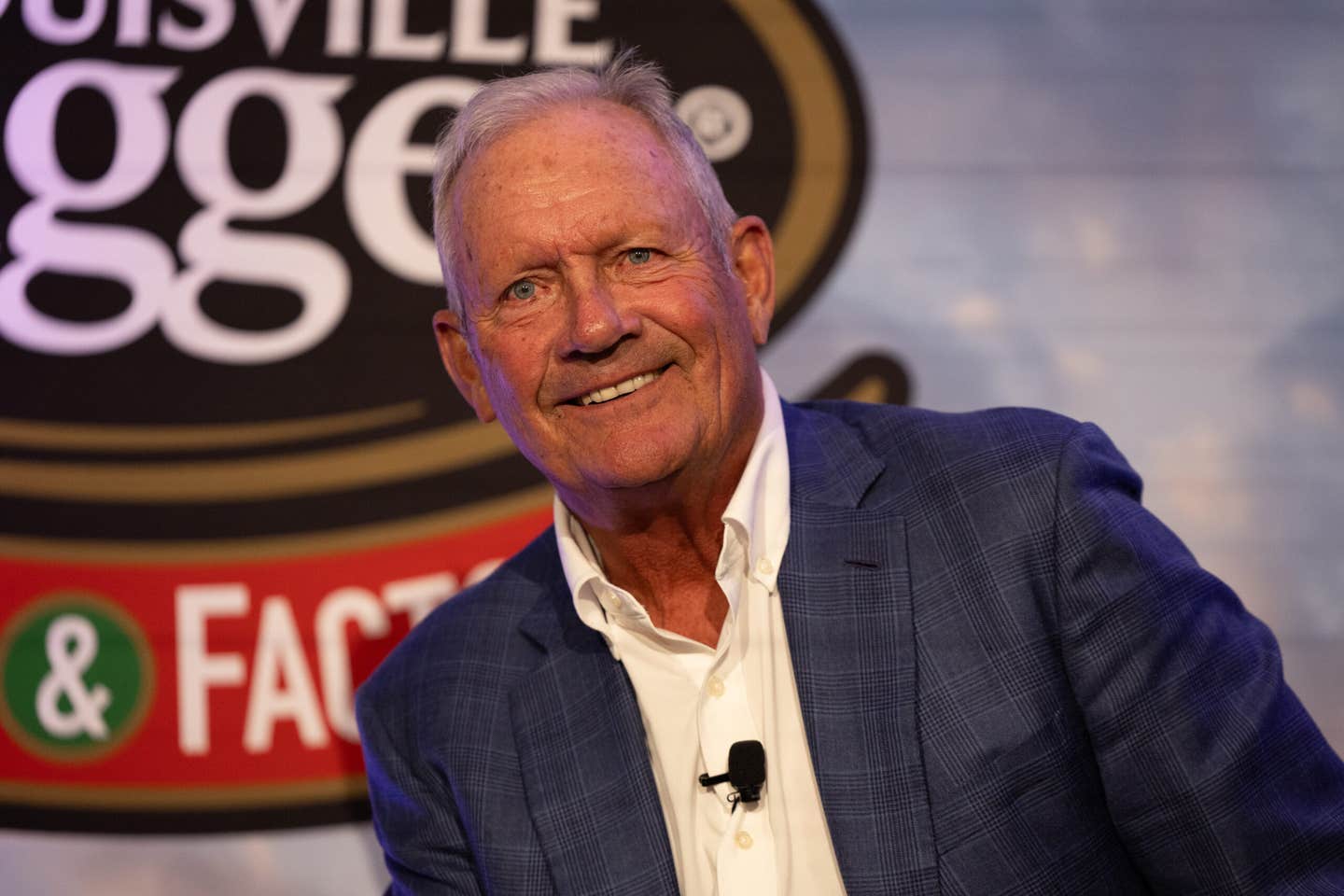Memorabilia
Grab a seat: Fenway bleacher seats quickly gobbled up
As the world champion Boston Red Sox were extending their long streak of sellout games this season, the standing joke was that the only way you could get a seat at Fenway Park was to buy one.
It won’t be long before you’ll probably be able to do just that – buy a seat, even if you still can’t get a ticket. Pay the price, and a pair of Fenway’s bleacher seats will be yours, ready for re-installation in your den or office.
With another major renovation program planned during this off-season, the team ripped out 6,507 bleacher seats which, at Fenway, are in the center field and right field areas, sections 34-43. The bleacher section will be waterproofed and new, more comfortable seats installed.
The old seats were offered for sale at prices ranging from $495 per pair (for season ticket holders) and $550 (for other fans).
About 4,200 seats were sold in pairs, 1,151 sets to season-ticket holders and the remaining pairs to other fans.They sold out almost as quickly as they became available. In fact, one team official characterized the response as “overwhelming.”
So, with the excitement of a second world championship in the past four years enhancing their value, it’s only a matter of time before some of the seats begin re-appearing, this time on the secondary market.
One of the bleacher seats wasn’t for sale, though. That was seat No. 21 in Row 37 of Section 42. It’s the one with a seat back that’s bright red amid a sea of green, and it designates one special chapter of the history of the oldest and most beloved of all major league ballparks.
The red seat marks the spot where the longest home run ever hit that stayed inside Fenway landed, a shot by the legendary Ted Williams on July 9, 1946, off Detroit’s Fred Hutchinson. That seat was carefully removed and placed in storage to be re-installed in March, ready for the park’s 96th season.
The sale does include some of the 416 seats in straight-away center field that are slightly less worn. Those seats, in sections 34 and 35, are covered during the few day games on the Sox schedule to provide a solid background for hitters. Or, if a night game is rained out and made up during the day, the Sox either find different seats for fans with tickets in those two sections or hand out green T-shirts for them to wear.
Most of the bleacher seats date back almost 30 years, to 1978 when those sections were last renovated. That’s in a ballpark that opened 1912 and where, in those 95 intervening years, there have been many alterations and renovations. In 1926, fire destroyed a different section of bleachers, along the left field line. They weren’t replaced until Tom Yawkey bought the Red Sox in 1933. Then, in January of the next year, a massive fire damaged most of the ballpark, and it took an all-out effort to get Fenway ready for the season opener on April 17.
The reconstructed park featured several “new looks,” including concrete bleachers that replaced the old wooden benches in center field and, on the 37-foot-high left field wall, sheet metal that replaced the wood. Two years later, a screen was added atop the left field wall, primarily to keep home runs from smashing windows – or people – across the street.
It’s that left field wall, widely known as “The Green Monster,” that gets most of the publicity, which is understandable since it’s 37 feet tall. But Fenway contains several other special features among its many nooks and crannies.
The right-field foul marker has been dubbed Pesky’s Pole, commemorating Johnny Pesky, who has become the friendly face of the franchise during a lifetime with the Red Sox. As a player in the 1940s and ’50s, he hit most of his very few home runs into the stands near that foul pole – only 314 feet from home plate.
Also in right field is a spot named Williamsburg that, in essence, was made to order for the legendary Williams. In 1940, two bullpens were constructed in front of that section of the bleachers, shortening the distance a homer had to travel by 23 feet for the pull-hitting, lefty slugger.
Then, there is the screen behind home plate, the first of its type in the majors, designed to protect fans from foul balls. Other alterations since the park’s 1912 opening include skyview seats added in 1946, lights installed in 1947, the trend-setting message board in 1976 and the controversial private rooftop boxes behind home dating from 1982 that some contend changed the wind-currents and affected play on the field. Then, you can add the Citgo sign and gigantic Coke bottles in left field that, in many ways, became the successors to the Gem blades and Calvert whiskey ads that once adorned the Green Monster wall.
This winter, the team plans to spend between $40-$45 million on renovations and improvements. The long range plan is to “preserve, protect, enhance and improve” the only ballpark that’s on the National Historic Registry.
To help finance the latest round of Fenway improvements, the team announced a ticket price increase for 2008 that averages about 9 percent. That’s tacked on to ticket prices that already were ranked baseball’s highest in the Team Marketing Report’s 2007 Fan Cost Index. Some of the bleacher seats – the lower level sections – will increase from $23 to $25, although the upper level prices will remain at the past season’s level ($12).
The team had sold out for 388 consecutive home games. That’s the result of two world championships in the past four years, after the mythic 86-year cursed drought. But it’s also a result of Fenway Park, itself, which serves as an attraction among fans.
Those and other features have helped make Fenway what authors John Updike called “a lyric little bandbox.” Roger Angell labeled it “the best place in the world to watch baseball.”
For collectors and fans, remnants of Fenway always have been popular. Pieces of the Green Monster wall, small chunks of the backstop, scoreboard numbers, sections of railings, parts of the dugout benches and other artifacts have been made available during previous renovations.
During Fenway Park’s first season in 1912, the Red Sox recorded baseball’s best won-loss record at 105-47 and won a World Series championship.
Now, 95 years later, as the team has won another Series title, collectors and fans have an opportunity to get artifacts as unique as bleacher seats to commemorate both Major League Baseball’s newest championship and its oldest ballpark.
Arnold Bailey is a freelance contributor to SCD.








